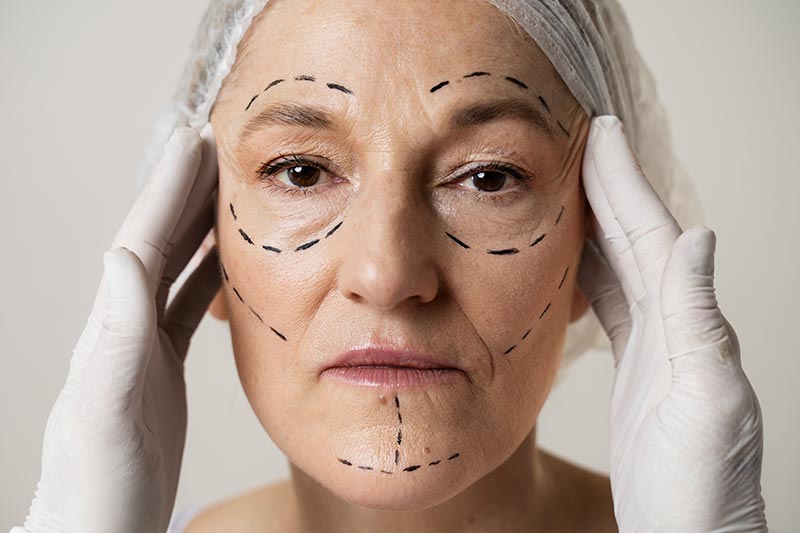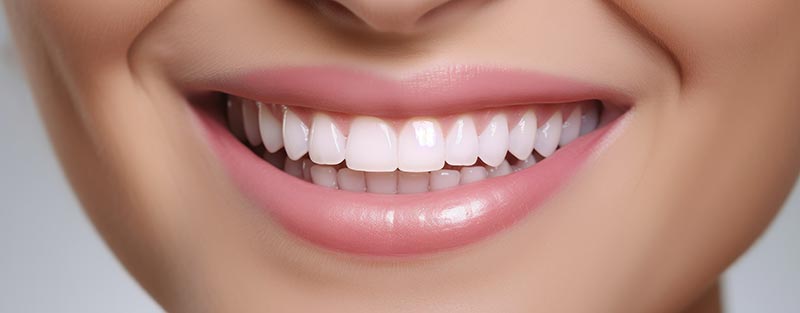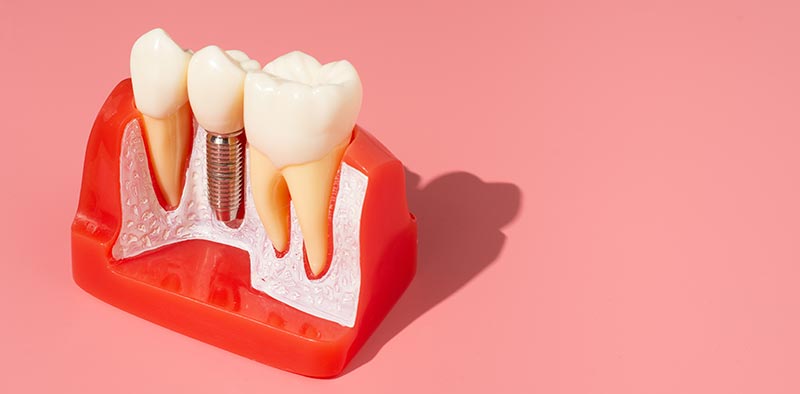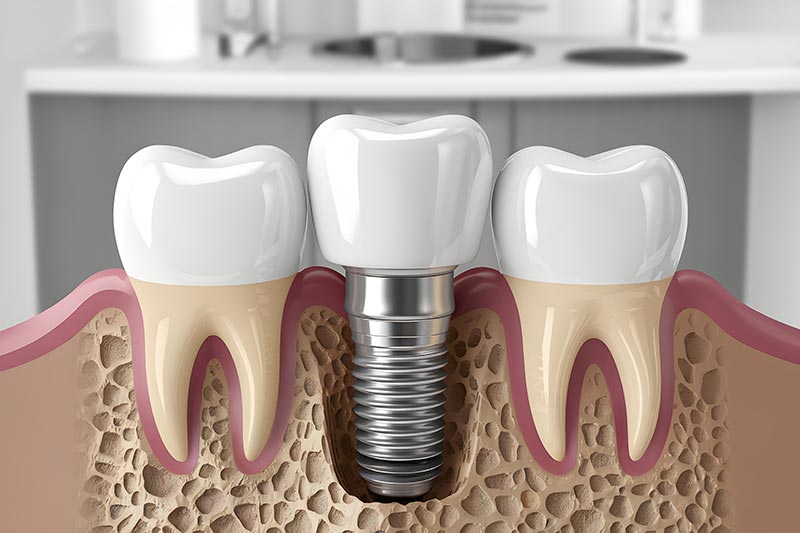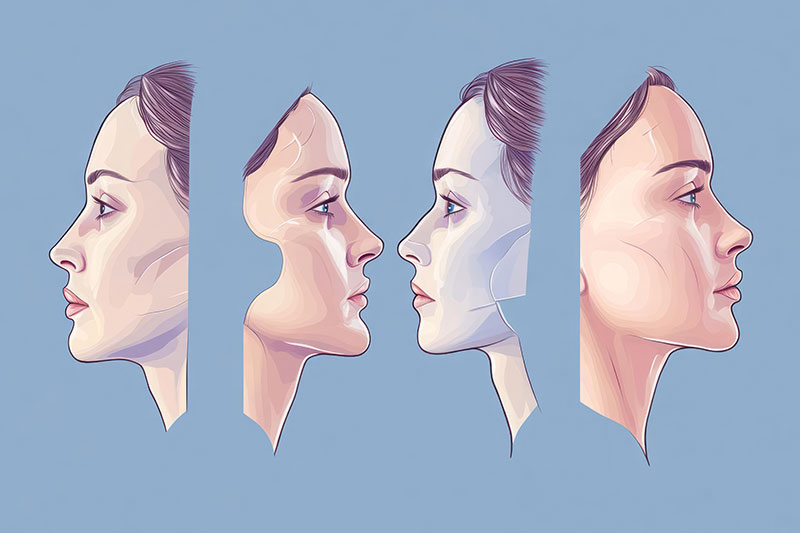Abdominoplasty is one of the most popular plastic surgery procedures and is usually performed to remove excess skin and fat in the abdominal area and repair sagging abdominal muscles. This process requires a preparation and recovery period that includes specific steps before and after surgery.
Pre-operative process
Before the operation, the patient undergoes a detailed examination. The plastic surgeon analyzes the patient’s general health and determines his suitability for surgery.
- Medical History Review: Previous surgeries, current health problems and medications taken are reviewed. This information is necessary for the process to be safe and successful.
- Surgery planning: The areas to be treated are determined according to the patient’s expectations. In addition, patients who smoke are advised to stop smoking before surgery.
- Preparation tips: In the preoperative phase, blood thinners should be discontinued, a balanced diet should be maintained and a physical condition suitable for the surgical procedure should be ensured.
Post-operative process
The postoperative process is important for the successful completion of the recovery phase. There are a few points that patients should pay attention to after a tummy tuck:
- Rest period: During the first few days, swelling and mild pain are considered normal. It is important that the patient rests and moves according to the surgeon’s recommendations.
- Compression clothing: Wearing elastic garments to support the abdominal area after surgery reduces swelling and speeds up the healing process.
- Physical activity: Heavy activities should be avoided in the first few weeks. However, light walks are possible with medical approval.
- Controls: Regular medical check-ups after the operation enable early detection of possible complications.
Achieving positive results in the postoperative period depends on the patient carefully following the doctor’s instructions. Proper care can ensure the desired aesthetics in the long term.
The process of a rhinoplasty: planning, procedure and recovery
Rhinoplasty is a surgical procedure that serves both aesthetic and functional needs. The process usually consists of three main phases: planning, surgery and recovery.
1. Planning process
The first phase of rhinoplasty begins with a detailed assessment and identification of personal needs. The specialist surgeon performs a detailed preliminary examination to understand the patient’s expectations, assess the facial structure and identify any anatomical or functional problems of the nose.
In the planning phase:
- Physical Analysis: The shape of the nose, its symmetry and its proportions to the face are evaluated.
- Patient expectations: To ensure fit and realism, the aesthetic goals are discussed with the surgeon.
- Medical history: Previous health information will be reviewed, such as respiratory problems, allergies or previous nose surgeries.
- 3D modeling: Modern technologies can be used to simulate the postoperative appearance.
2. Surgical procedure
The surgical procedure is performed under general anesthesia. Techniques are used that are tailored to the individual needs of the patient. The internal structure or external appearance of the nose is altered and any existing breathing problems are also corrected. The surgical techniques are applied in open or closed procedures. The open technique offers better access and more control, while the closed technique is less invasive and minimizes scarring.
3. Recovery period
The postoperative process includes both physical and aesthetic recovery phases. The healing process includes the following phases:
- The first few days: Mild pain, swelling and bruising are normal. Nose pads or plaster casts can be used as a protective measure.
- 1st -2nd week: Edema and bruising are greatly reduced. Most patients can return to normal activities.
- 1st-3rd month: The final shape of the nose begins to become clear.
- Full recovery: Final results are usually fully visible within 6–12 months.
For a quick and successful recovery, it is important to follow your doctor’s advice after surgery.
Economic Benefits of Plastic Surgery in Side Manavgat
For people who are considering cosmetic surgery, the Side-Manavgat region is interesting not only because of its natural beauty but also because of its affordable costs. Cosmetic surgeries in this region not only offer international level health services throughout Turkey, they are also characterized by an affordable pricing policy. Side Manavgat has become an attractive destination in terms of health tourism and is a preferred center for both local and foreign patients.
Why more affordable costs?
The economic benefits of plastic surgery in Side-Manavgat are based on several main reasons:
- Low surgical costs: The fact that the cost of healthcare operations in Turkey is low compared to countries such as Europe and America allows patients to receive treatment at more affordable prices.
- Exchange rate advantage: For foreign patients, the favorable exchange rates in Turkey significantly reduce the total cost of cosmetic surgery.
- Competitive pricing policy: The positive competition between the developed health centers in the region ensures that cheaper prices are offered to increase patient satisfaction.
Combination of treatment and vacation
Patients undergoing cosmetic surgery in Side-Manavgat can combine the treatment with a holiday. The unique Mediterranean climate, sandy beaches and historical sites make this region an excellent choice not only for surgery, but also for relaxation and regeneration. Thanks to the economic benefits, patients can use their budget more efficiently for both medical services and holiday experiences.
This economically advantageous environment not only makes it easier for individuals to access the treatment they need, but also makes this process more pleasant and enjoyable.
The importance of natural results in aesthetic surgery
Plastic surgery plays an important role in improving people’s physical appearance and helping them to be more at peace with themselves. However, great care must be taken to ensure that the procedures are not overdone and that the result matches the person’s natural facial features and body proportions. Natural results should be the main goal of aesthetic surgeries and the individual’s individual characteristics should be taken into account during the procedures.
The importance of achieving natural results is based on several key factors:
- Patient satisfaction: The fact that the procedure is not noticeable to the outside world and the person has a natural aesthetic balance usually increases self-confidence and ensures long-term satisfaction. Otherwise, the results may be unpleasant for the patient.
- Perception of society: The impression that cosmetic surgery is performed visibly can sometimes lead to a negative social assessment of individuals. Natural consequences minimize this perception.
- Long-term compatibility: Excessive interventions can lead to an unnatural appearance as we age. Instead, the focus should be on methods that preserve a natural and harmonious appearance even in old age.
Plastic surgeons strive to achieve the most natural results possible by carefully analyzing each individual’s facial structure, skin type, age, and other personal factors. In addition, it is crucial to the success of the surgery to understand the patient’s preoperative expectations and give them a realistic idea.
A natural look requires not only surgical skill but also artistic skill and sensitivity. For this reason, patient-oriented service and aesthetic approach are offered together in the beauty clinics in Side-Manavgat.





